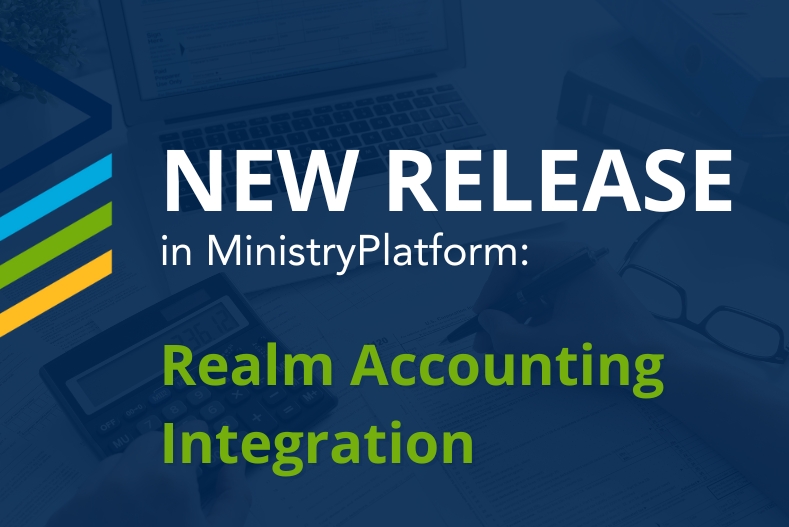The national decline in church membership and participation points to an inevitable shrinking of financial resources. Churches have to re-evaluate how they’re inspiring donors and how they’re treating them year-round. While support of the church is a Biblical calling and obligation for most, many of today’s donors also have a sophisticated expectation shaped by their experience giving to other organizations. In this series, Four Philanthropy Essentials for the Church, we’ve unpacked key strategies churches need in place for the healthy stewardship of donors.
Thinking Outside the Cash Box
Nearly all major donors hold less than 5 percent of their wealth in cash. But many ministries and churches are missing out on significant contributions because asking for gifts outside of straightforward cash seems intimidating.
A healthy and growing stewardship program encourages generosity through a variety of vehicles. Accepting gifts of assets (like stock or property) empowers donors to make a large and lasting impact on the church, its endowment and its long-term financial health.
Let’s start with the basics. What do we mean by non-cash or asset gifts? For churches, this will most often look like gifts of stock, property, a vehicle or even life insurance.
Please note that you do not have to be an expert to accept these gifts. Your financial institution likely has someone on staff who can assist you, or you can find help through faith-based or community foundations, all of whom have staff trained to help handle gifts of assets.
In recent weeks, we’ve also seen increased interest among major donors wishing to make gifts with digital currency (such as Bitcoin), sometimes called Cryptocurrency. For congregations with sophisticated donors, it may become important to offer this option in the coming months. Digital assets are similar to gifts of stock, which can be sold or retained. Again, your financial institution can assist you in navigating accepting digital currency donations. There are also credible companies that serve as a donation interface for organizations wishing to accept the digital currency. They typically charge a small, flat rate for the service to convert digital currency gifts to U.S. dollars.
Here are six easy ways to open the door for your members to consider a gift of assets:
- Include asset giving as an option on your annual pledge forms. That can be as simple as letting the donor know how to contact you about a non-cash gift, such as a vehicle.
- Create a printed “buck slip” (a small insert into your mailed giving statements to your donors) that highlights a few key ways to support the church outside of cash.
- Create a legacy giving section on your website where your congregation can receive and request more information on creative and non-cash giving opportunities. This section can also highlight those stories of donors who’ve made such gifts: how the Anderson family’s donation of their used car helped fund specific needs of the church’s early childhood ministry.
- Ask one of your members who has made such a gift to help you educate other members or be the signatory on an appeal telling their story. There’s nothing more motivating than hearing what inspired a fellow member to make a special gift.
- From time to time, create space in your worship services for people to share their story of creative stewardship as a form of worship and how God is working in their lives. It’s important to do this throughout the year and not just on Stewardship Sunday or when launching a giving campaign.
- Include language in your stewardship appeals and on your website that lets your members know they can consider giving a gift of assets. It can be as simple as a line saying, “There are many other ways to support the church. If you’d like to discuss a gift of stock, property, or naming the church as a beneficiary of a life insurance policy, please contact us…” Consider adding specific bullets or FAQs on your website that can include and name these types of gifts. If you plan to take gifts of digital currency, philanthropy expert Dale Berkey at BBS & Associates advises using the terms “digital wallet” or “digital currency” rather than “Cryptocurrency” when communicating to donors.
To build financial resources for the long-term, churches will need to provide pathways for church members to give from where they have wealth. Donations of stock or property can have tax advantages for the donor but also mean a significant gift for the ministry of the church.
In our next series, we’ll take a close look at the characteristics of the cheerful giver. We’ll examine the desires and needs of donors and the differences between donors and tithers, and how ministry and stewardship work together.
Tim Smith has over 30 years of experience in Church, Non-Profit Administration, Management, and Fund Development. Having served as an Executive Pastor and Chief Development Officer in growing Churches and Non-Profit Organizations has provided a wide range of expertise and resources. Tim serves as Founder and CEO for Non-Profit DNA, a boutique firm committed to helping nonprofits and churches build their capacity through fundraising, leadership, team building, staff recruiting, and coaching.




